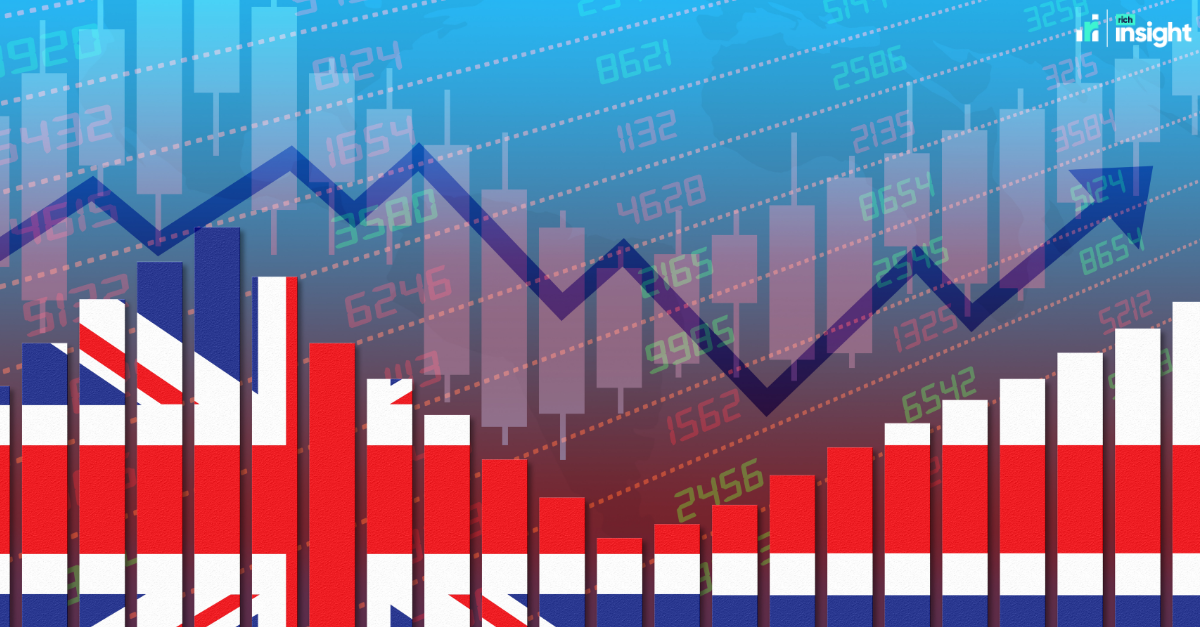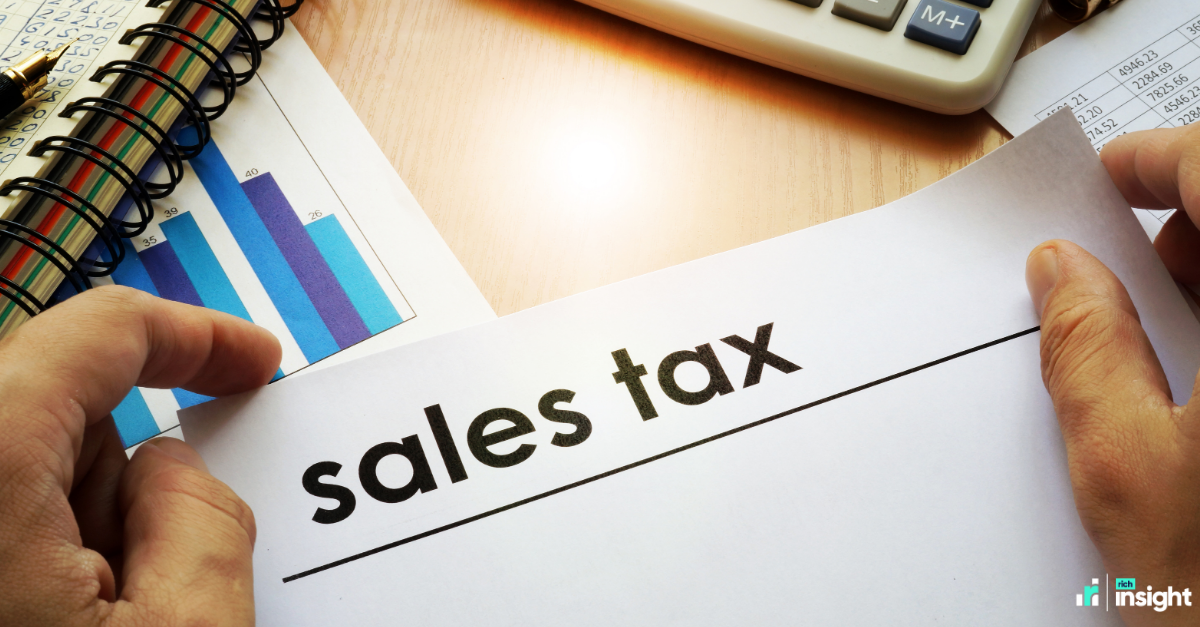In 2023, 60% of Amazon sales came from third-party sellers - up from 55% in 2022.
In other words, Amazon’s Seller Central is increasingly popular than Vendor Central with growing complexity over vendor pricing, negotiations and support one of the main reasons for this recent shift. But Vendor Central still offers many benefits for brands looking for light-touch Amazon sales, so how do you know which sales method is best-suited to you?
Simple: take our five-part test.
1) Control
Do you want the ability to set prices, manage stock levels and speak directly to customers?
Seller Central enables you to maintain consistency of product pricing across multiple marketplace channels, react quickly to new competitor’s pricing and organise your own deal periods. You also have control over your listing content, the buyer experience, and, crucially for SMEs, how much inventory you sell on the platform (and retain elsewhere). Whereas in Vendor Central, you don’t just sell your products in bulk to Amazon, you give up product control with Amazon able to sell items at lower prices and change the messaging as they see fit.
In short: Seller Central is more control, but more work.
2) Logistics & fulfilment
Do you want the responsibility for storing, packing and delivering your products to customers?
Once again, it’s a case of simplicity vs control. In Vendor Central, you simply fulfil your orders to Amazon - often it’s just one delivery, one warehouse, one invoice - and then Amazon handles all the shipping and returns. But vendors also have to fulfil their Amazon orders quickly to maintain Amazon’s stock or face chargeback penalties. With Seller Central, you can still delegate delivery and returns to Amazon through its Fulfilment by Amazon (FBA) service or choose to fulfil the orders yourself, which can be beneficial if you want to use deliveries to build brand relationships (i.e. send products in branded sustainable packaging). However, Amazon’s commission and minimum non-FBA charges can make self-fulfilment costly, not to mention time-consuming.
In short: Vendor Central is simpler, but Seller Central offers similar benefits through FBA.
3) Product choice
Do you have a wide range of products that you want to sell on the platform?
Seller Central enables you to list and sell almost any product that you want - from the weird & wonderful to the tried & tested. On the flipside, Vendor Central only buys what Amazon wants to sell. If you have multiple product lines producing rabbit-shaped torches and traditional alarm clocks, or sell handmade crafts that change regularly (i.e. different products every year), then Amazon might only want 30% of your stock.
In short: if you sell lots of niche products, Seller Central has a clear advantage.
4) Marketing
Do you have a large brand presence or cult following on social media?
For brands that specialise in social media or use distinct branding, Seller Central enables you to leverage your marketing nous with your own packaging, product descriptions and customer outreach. Whereas the Vendor Central model does not adhere to your brand guidelines, so can hinder future marketing efforts. On the other hand, Vendor Central offers a range of advertising tools and techniques to get your products in front of the right customers that might otherwise not be at your disposal (particularly if you are a small team), such as keyword-targeted ad campaigns. In addition, if you don’t have strong brand awareness, customers will be more confident buying from Amazon than directly from you.
In short: Seller Central is better for branding, but Vendor Central has more marketing power.
5) Payments
Do you want payment for your products every time you make a sale?
With Seller Central, all your sales incur a referral fee typically ranging from 5-20% of the product's sale price depending on the category. But every time you make a sale, you receive the payment directly, which can help with your inventory strategy (i.e. reordering stock after every 50 sales). If you sell via Vendor Central, there are no referral fees (potentially boosting your profit margin), but you have to negotiate a bulk fee with Amazon, which is often complex and time-consuming. You also need to renegotiate terms every year, so what might seem a fair introductory price could become less beneficial down the line.
In short: Seller Central generates simple direct payments, but also incurs higher fees.
The verdict
Each side has its pros and cons. In general, smaller businesses tend to prefer Seller Central as it enables them to list and sell products to Amazon’s huge customer base directly and maintain control as they grow their business. Conversely, as Vendor Central is an invite-only programme, it tends to be favoured by more established manufacturers or distributors who prefer its hands-off approach.
The key to all this is your strategic needs. Do you have a big distribution network? Are you Brand-building in to a new territory? What is you company's desire focus between D2C and B2B? Are you seeking to control MAP / RRP? Are you seeking to increase volume, or profitability?
There is not right or wrong way to sell on Amazon. You should control your presence as a Brand regardless of the model you adopt. Which model is all about which strategy best fits your goals.






Blog Comments